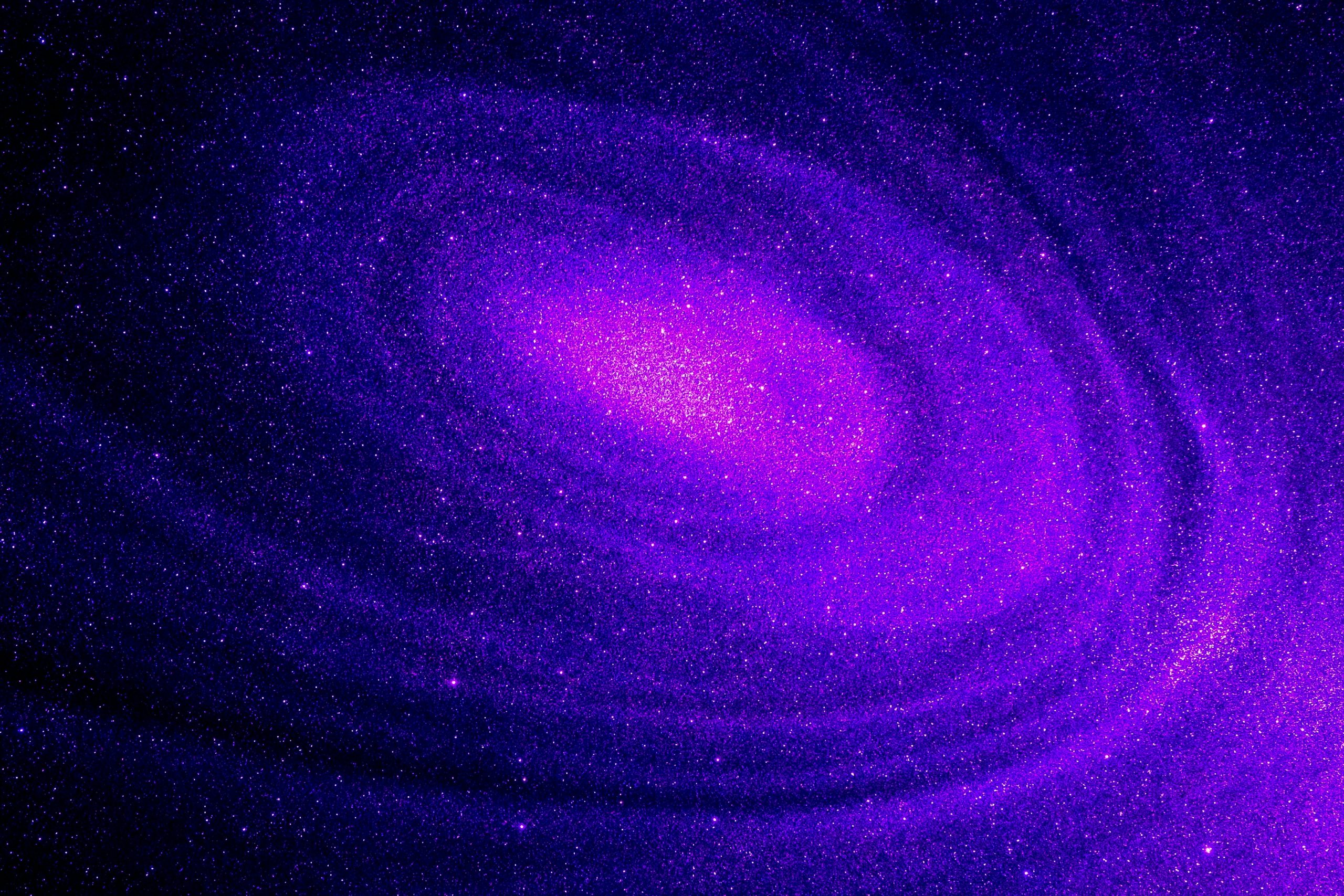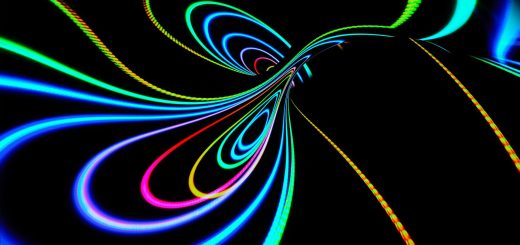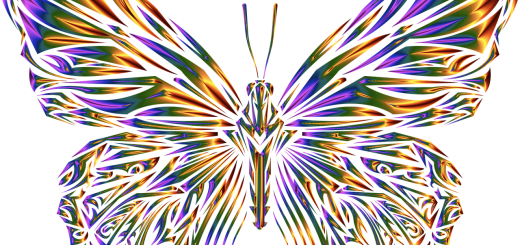The Legend of the Headless Horseman in Folklore

Hey there, amazing readers! 🖐️ Just a quick note: yes, we know there are a lot of ads here. Trust us, we get it—it’s not the prettiest look, but they help us keep this blog alive and kicking. Those pesky little ads cover the costs of all the behind-the-scenes magic, from hosting and tech stuff to creating content we hope you’ll love.
We’re committed to delivering quality posts, and your support (even just sticking around despite the ads) means everything to us. So, bear with us, and thanks for helping us keep the good vibes rolling. Now, on to the fun stuff! 😉
TRANSLATE BUTTON AT THE END OF THE ARTICLE
A Quick Overview
The Headless Horseman is a legendary figure shrouded in mystery and fear, making him one of the most intriguing characters in folklore.
With roots tracing back through history, this spectral rider has managed to capture the imagination of generations.
From the eerie tales told around campfires to the modern adaptations in movies and books, the Horseman’s legend continues to haunt and enthrall.
In this article, we will explore the origins, key characters, cultural impacts, and much more about this enigmatic figure who rides through the night without a head.
Introduction to the Enigmatic Headless Horseman Legend
The Headless Horseman is not just a character; he embodies fear itself.
Imagine a dark, moonlit night, the sound of hooves echoing on the cobblestone streets, and the chilling sight of a horseman with no head!
This image can send shivers down anyone’s spine.
The Horseman is a ghostly figure, often depicted as a soldier who lost his head in battle.
The folklore surrounding him varies widely, but the core elements remain consistent.
What makes the Horseman even more compelling is his connection to themes like loss, revenge, and the supernatural.
His story is a cautionary tale, a reminder of the consequences of unresolved issues, and the dark sides of human nature.
The Horseman is often associated with Halloween, making him a staple of the spooky season.
Every October, he resurfaces in stories, films, and even haunted houses, keeping the legend alive.
But what lies beneath the surface of this chilling character?
We will delve deeper into the origins and details surrounding this infamous ghost.
Origins of the Headless Horseman in Folklore
The origins of the Headless Horseman are steeped in both American and European folklore.
The tale is believed to have roots in various legends of headless knights found in different cultures.
In the U.S., the story has strong ties to the Hudson Valley area, particularly in New York.
The Horseman is often depicted as a Hessian soldier who fought in the American Revolutionary War, presumably beheaded in battle.
The earliest reference to a headless rider can be traced back to European tales.
In Germany, the legend of the “Kopflose Reiter” or the Headless Rider was popular.
In these tales, the rider was often a tragic figure doomed to roam the earth eternally.
Interestingly, many scholars point out that these stories originated in an era where decapitation was a common method of execution.
The gruesome nature of these tales reflects the societal fears and anxieties of the time.
The legend then transitioned to America, particularly with the arrival of German immigrants who brought their folklore with them.
The Tale of Sleepy Hollow: A Classic Story
Perhaps the most famous incarnation of the Headless Horseman comes from Washington Irving’s short story “The Legend of Sleepy Hollow.” Published in 1820, the tale is set in a quaint village near the Tarrytown area of New York.
The story follows Ichabod Crane, a lanky schoolteacher who has a run-in with the Horseman while courting a wealthy farmer’s daughter, Katrina Van Tassel.
Irving’s portrayal is rich with humor, irony, and a touch of the supernatural.
The Horseman is described as a formidable phantom, chasing Ichabod through the woods.
It’s a thrilling ride of suspense, and as the story unfolds, we are left wondering whether Ichabod’s fears are justified or merely figments of his imagination.
The eerie setting of Sleepy Hollow adds to the story’s chilling atmosphere.
The tale captures the spirit of early American folklore and illustrates how legends can take root in specific landscapes.
The charm of the story lies not just in the fright but in the exploration of human emotions, jealousy, and the lengths one might go to win love.
Key Characters: Ichabod Crane and Brom Bones
In “The Legend of Sleepy Hollow,” Ichabod Crane and Brom Bones are pivotal characters.
Ichabod is portrayed as a nervous and superstitious schoolteacher, while Brom Bones is the local hero, known for his strength and confidence.
Ichabod Crane: With his tall, gaunt frame and awkward demeanor, Ichabod embodies the archetype of the underdog.
His insatiable appetite and penchant for ghost stories make him an easy target for ridicule, especially by Brom.
Ichabod’s infatuation with Katrina is genuine but misguided, as he believes that wealth and charm can win her affection.
Brom Bones: The quintessential jock, Brom is brimming with charisma and confidence.
He represents the local "man’s man" and has a fierce rivalry with Ichabod.
Brom’s pranks, particularly one where he dresses as the Headless Horseman, play a crucial role in the story’s climax.
This character dynamic of the timid Ichabod against the brash Brom adds layers of conflict and humor.
The interplay between these characters not only drives the plot but also enriches the themes of ambition, rivalry, and the human condition.
It’s easy to root for Ichabod while also enjoying the mischievous antics of Brom.
The Horseman’s Haunting: What Makes Him So Scary?
The Headless Horseman is terrifying for various reasons.
First off, there’s the sheer visual horror of a being without a head.
It conjures up feelings of dread and the unknown.
But more than that, the concept of a ghostly soldier who seeks revenge creates a deep sense of unease.
Symbol of Unresolved Issues: The Horseman often represents a person or entity with unfinished business.
This makes him relatable on a human level.
Who hasn’t felt distress about unresolved conflicts?
This yearning for closure can manifest in terrifying ways, as seen in the Horseman’s nightly rides.
The Unknown: There’s something inherently frightening about what we cannot see or understand.
The Horseman’s shadowy figure roaming dark paths evokes a primal fear.
We can all relate to the feeling that something lurks just out of sight.
Cultural Resonance: The Headless Horseman resonates with various fears: war, loss, and the supernatural.
These themes make him an enduring figure in folklore, echoing the anxieties and tales of countless generations.
The Horseman’s haunting serves as a metaphor for the fears we all carry.
He reminds us that the past can never truly be buried, and it has a way of coming back to haunt us.
Cultural Impact: The Horseman in Literature and Film
The Headless Horseman has left an indelible mark on literature and film.
Washington Irving’s original story is often credited with inspiring countless adaptations and interpretations.
Literary Adaptations: The legend has been retold in various formats, ranging from children’s books to gothic novels.
Authors have used the character to explore themes of love, betrayal, and the supernatural in new and inventive ways.
Film and Television: From Tim Burton’s animated rendition in “Sleepy Hollow” to appearances in animated series like “The Legend of the Headless Horseman,” the character has become a staple in pop culture.
These adaptations vary in tone, making the Horseman suitable for both family-friendly fare and darker narratives.
Theatrical Productions: Various stage adaptations have reimagined the Headless Horseman, often incorporating music and dance, which adds another layer of storytelling.
The cultural impact of the Headless Horseman goes beyond mere retellings.
He has become a symbol of Halloween and the supernatural, celebrated every October with events, costumes, and decorations.
Variations of the Headless Horseman Across Cultures
While the Headless Horseman is most commonly associated with American folklore, variations of the tale exist globally.
Ghostly horsemen appear in multiple cultures, each bringing its unique spin to the legend.
Banshee: In Irish folklore, the banshee is a spirit that appears before a death in the family, often appearing as a headless figure.
Dullahan: In Irish mythology, the Dullahan is a headless horseman who carries his head under one arm.
He is often seen as a harbinger of death, similar to the Headless Horseman.
Kwell: In German folklore, the “Kwell” is a spectral figure that rides through the night, often appearing headless.
These variations demonstrate that the archetype of the headless rider transcends borders and cultures.
It reflects universal fears and emotions, making the stories relatable no matter where they originate.
Exploring the Symbolism Behind the Headless Horseman
The Headless Horseman is rich in symbolism.
His lack of a head can represent various themes, from loss of identity to the consequences of violence.
Loss and Grief: A headless figure can symbolize a disconnection from one’s self.
This resonates deeply with themes of loss and mourning.
The Horseman’s pursuit of revenge may also signify the unending cycle of grief.
The Consequences of War: The Horseman’s identity as a soldier reminds us of the harsh realities of war.
He symbolizes the many individuals lost in conflict and the haunting memories that linger long after the battles end.
Fear of the Unknown: The Horseman embodies the fear of what we cannot comprehend.
His ghostly presence serves as a reminder of the supernatural, beckoning us to confront our own uncertainties.
The symbolism behind the Horseman adds layers to the character, inviting us to explore deeper issues while still enjoying the thrill of the story.
Festivals and Events Celebrating the Horseman Legend
The Headless Horseman has become a Halloween icon, celebrated through various events and festivals.
Each year, communities embrace the spooky spirit of the legend in creative ways.
Haunted Attractions: Many haunted houses and tours incorporate the Horseman into their themes.
Visitors often experience dramatic reenactments and spooky narratives featuring the infamous rider.
Halloween Parades: Cities across the U.S. host parades that feature floats and costumes inspired by the Headless Horseman.
Storytelling Events: Libraries and community centers often host storytelling nights where local storytellers recount Irving’s tale, bringing the legend to life for new generations.
These celebrations keep the legend alive and introduce it to those who may not be familiar with the story.
It’s a testament to the enduring allure of the Headless Horseman.
Fun Facts About the Headless Horseman Mythology
Date of Origin: The story of the Headless Horseman dates back to the early 19th century, providing a historical context to his legend.
Ichabod’s Name: The name Ichabod means "the glory has departed," hinting at his character’s challenges and failures.
Symbol of Halloween: The Horseman has become a symbol of Halloween, often associated with spooky decorations and haunted events.
Cultural Celebrations: Various cultures celebrate headless riders, showing that this archetype has universal appeal.
Tim Burton’s Influence: The 1999 film “Sleepy Hollow” by Tim Burton introduced the character to a new audience, adding a darker twist to the legend.
Literary Adaptations: Many authors have drawn inspiration from Irving’s tale, resulting in numerous reinterpretations.
Animated Adaptations: The character has appeared in various animated adaptations, showcasing his versatility as a fictional figure.
Musical Interpretations: Some theater productions have even turned the story into musicals, offering a fresh take on the tale.
Local Legends: Many towns in the Hudson Valley area have embraced the Horseman, making him part of local folklore.
Figurative Meaning: Beyond being a ghost story, the Horseman serves as a metaphor for unresolved conflicts that haunt us.
These fun facts showcase the rich tapestry of the Headless Horseman’s legacy, illustrating how far-reaching and beloved his story has become.
Modern Interpretations: The Horseman Today
The Headless Horseman continues to be relevant in today’s society.
From film adaptations to Halloween events, his legend resonates with audiences across various mediums.
Media Adaptations: Television shows like “Sleepy Hollow” have reimagined the Horseman in contemporary settings, blending historical themes with modern storytelling.
Merchandising: The Horseman’s image is widely used in Halloween decorations, costumes, and merchandise, ensuring his presence is felt every October.
Literary Renaissance: New authors are exploring the character in innovative ways, mixing genres like horror, fantasy, and romance to create fresh narratives.
The Horseman remains a symbol of the fears of the unknown and unresolved issues.
He prompts us to confront what haunts us, making his legend timeless.
Conclusion: The Enduring Charm of the Headless Horseman
The Headless Horseman is more than just a spooky character; he embodies the fears, anxieties, and unresolved issues that resonate with us all.
From his origins in European folklore to his modern adaptations and cultural impact, the Horseman continues to ride through our collective imaginations.
Whether you encounter him in literature, films, or Halloween festivities, the Horseman invites us to explore themes of loss, revenge, and the supernatural.
His legend is a reminder that while we can laugh and enjoy the fright, there is often a deeper story beneath the surface.
So, as Halloween approaches and the air grows crisp, remember to keep an eye out for the Headless Horseman.
After all, you never know when he might ride into your life!

The Enlightenment Journey is a remarkable collection of writings authored by a distinguished group of experts in the fields of spirituality, new age, and esoteric knowledge.
This anthology features a diverse assembly of well-experienced authors who bring their profound insights and credible perspectives to the forefront.
Each contributor possesses a wealth of knowledge and wisdom, making them authorities in their respective domains.
Together, they offer readers a transformative journey into the realms of spiritual growth, self-discovery, and esoteric enlightenment.
The Enlightenment Journey is a testament to the collective expertise of these luminaries, providing readers with a rich tapestry of ideas and information to illuminate their spiritual path.
Our Diverse Expertise 🌟
While our primary focus is on spirituality and esotericism, we are equally passionate about exploring a wide range of other topics and niches 🌍📚. Our experienced team is dedicated to delivering high-quality, informative content across various subjects ✨.
To ensure we provide the most accurate and valuable insights, we collaborate with trusted experts in their respective domains 🧑🏫👩🏫. This allows us to offer well-rounded perspectives and knowledge to our readers.
Our blog originally focused on spirituality and metaphysics, but we’ve since expanded to cover a wide range of niches. Don’t worry—we continue to publish a lot of articles on spirituality! Frequently visit our blog to explore our diverse content and stay tuned for more insightful reads.







